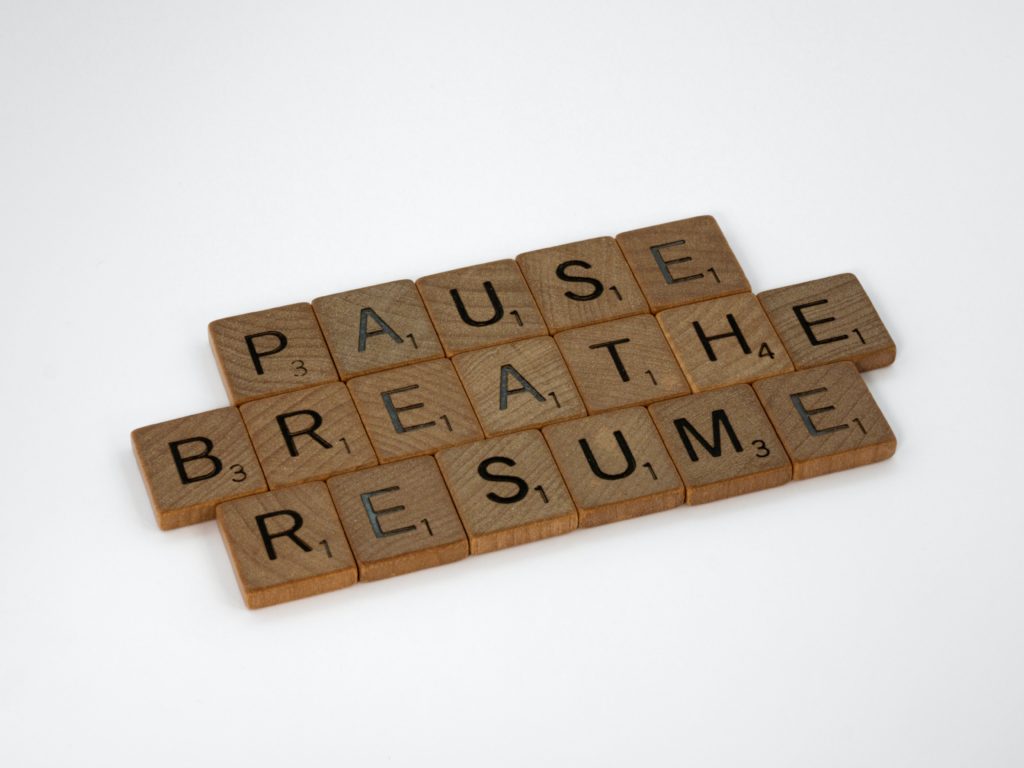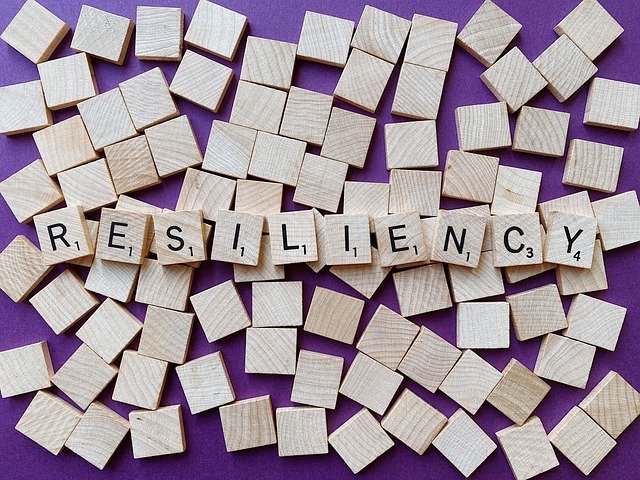Thoughts about affirmations are mixed. An affirmation is simply a thought. They are thoughts in the form of simple phrases that you intentionally create and repeat to yourself. Depending on your mindset, our thoughts can take us towards what we want or they can lead us down the rabbit hole. Knowing the science behind affirmations is helpful and shows us that using something simple like positive affirmations can help in so many areas of our lives such as transition, business, sports, and life in general. I’d like to share the following with you by Reniel, January 26, 2022.
The Science & Benefits Behind Positive Affirmations
So to tackle your problems you just need to repeat positive thoughts? Yes, and science backs it up. Positive affirmation practices have been linked to a reduction in stress and the effect of negative thoughts and in turn, an increase in cognitive performance and creativity.
As the world-famous psychologist Daniel Kahneman describes in his bestseller “Thinking, Fast and Slow”, the brain has two systems through which it functions.
- One is responsible for our conscious and deliberate thoughts
- The other operates quickly and automatically with no voluntary control and no effort
The decisions we make without any conscious thought are the realm of beliefs, generalizations, and biases that each of us has and forms throughout our lives. He explains that those are “mental shortcuts” designed to make quick decisions that were vital for our survival when resources were scarce.
They were also decisions that were energy efficient because the brain consumes a lot of energy compared to its size.
There’s no denying that we receive a lot of information from our environment and it is filtered through those “mental shortcuts” which in turn affects our actions and judgment. Thankfully, those beliefs that we hold are not innate and fixed, but ones that can be changed with deliberate practice.
So if you’ve ever had a vision problem, you know what a miracle it is to put on the right pair of glasses or lens. And positive affirmations are the pair of glasses that will allow you to see yourself and the world in a way that makes you feel better and gives you the chance to take action towards your goals.
The Negativity Bias
Unfortunately, each of us has a negativity bias to some extent, which means we tend to dwell on our negative emotions more than our positive emotions and thoughts.
But if we utilize and incorporate positive affirmations in our life, it can allow us to restore balance in our life and make us realize that the voice in our head that keeps bickering insults aimed at us may not be right after all.
Positive affirmations can also help us achieve our goals because it makes us more confident in our abilities and decreases our stress which then enhances our cognitive performance.
Finally, positive affirmations may improve our relationships with other people because low self-worth often leads to isolation and unwillingness to develop social bonds with others due to a false belief that we are not worthy of love.
How To Practice Positive Affirmations
First, you need to craft the positive affirmation phrases you will be using.
It’s best to begin by reflecting on who you are as a person, what are your current struggles and aspirations. This is important so that you align the positive affirmations you intend to use with your core values so that you have a very clear idea of what actions and thoughts lead you to feel anxious and insecure.
After you figure that out, it’s time to create phrases that are the opposite of the negative thoughts that keep spinning in your head.
If you have reflected that “I’m not good enough,” an example of a positive affirmation would be, “I’m worthy of love,” or “I’m doing my best every day and that’s enough”.
You could also use encouraging phrases such as…
- “I’m confident”
- “I am powerful”
- “I’m fearless”
…that serve to reaffirm your positive perception and offer support.
Make sure your positive affirmations are personal, easy to remember, and understandable. This means that they should generally be short and simple so they are easy to practice.
Usually, it’s best to start with 2-3, repeat them whenever you can, put them in your phone or write them around your home so that you see them every day. You may even discuss them with friends and relatives so they can keep you accountable if you want to.
Try Positive Affirmations & See How You Feel
With all that in mind, don’t be afraid to try affirming positive thoughts.
This new year, make it a habit to stay positive and take steps towards a better life, one positive affirmation at a time.





